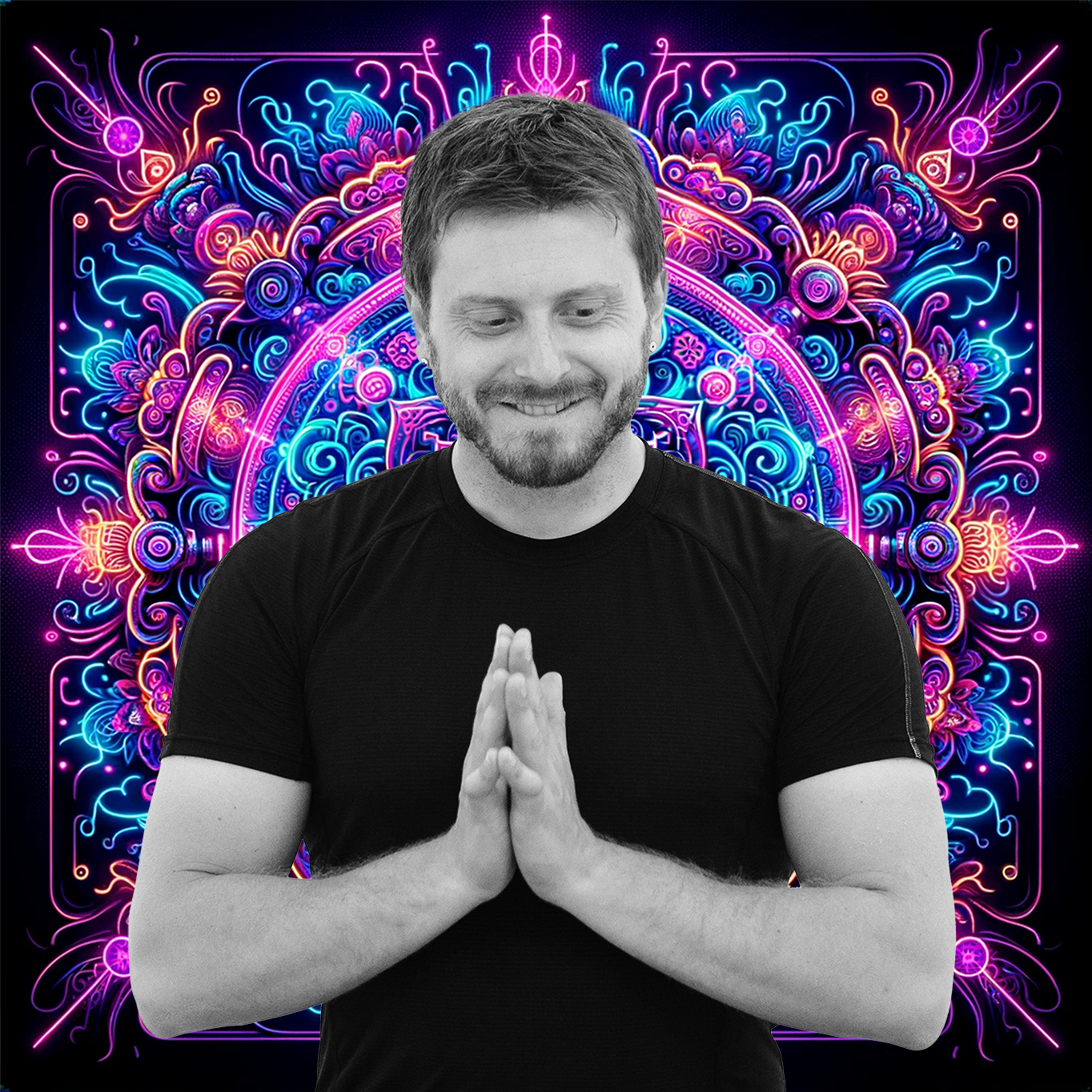Mental Fitness Is Physical Fitness
Back over the holidays, I had a chance to gather with some family for your typical Christmas gathering.
There was the usual spread of snacks and treats, some Christmas music in the background, and a Secret Santa gift exchange - you know, classic holiday stuff.
While I was there, I had an interesting conversation with one of my family members. (I’ve changed some minor details here for privacy’s sake.)
Since I’m a yoga teacher, the topics of fitness and well-being come up frequently when I’m around.
People often ask me for advice or recommendations or want to share some of their experiences.
This family member told me that they really wanted to get in shape but that they were having a hard time doing it.
They told me about how they had tried exercise a bunch of times but that it never really worked well for them.
Despite doing a bunch of sessions, they never got any stronger, and they didn’t feel any better in their body after all the work they had done.
They were frustrated and decided that exercise wasn’t effective, so they had stopped doing it altogether.
Curious about this, I asked them what their exercise routine was like.
Well, they told me they tried exercising almost every day for a while. They would do a five-minute walk in the morning, lift weights for a few minutes sometimes, and things like that.
Despite their best efforts and countless attempts, they haven’t seen any results.
So, I asked them, “Have you considered that maybe you’re not putting in enough time to actually see the results you want?”
——
I’m going to pause right here and clarify things a bit.
The ‘minor’ detail that I’ve changed here is that the family member in the story wasn’t talking about exercise; they were talking about meditation.
I’ve actually had this conversation dozens of times over the years with many different friends and family members.
I hear all the time from people who have tried meditation but say it never worked for them. Or that they tried it and they didn’t feel like they could even do the practices in the first place.
The common denominator in almost every single one of these cases is that they were only putting in the bare minimum amount of time.
When we change the framework from meditation to exercise, the absurdity of the argument becomes much more obvious.
Of course, doing five-minute bursts of light exercise is not going to be enough to see significant results in your fitness. It’s common sense. Most people know that it takes more than just that to make major changes in the body.
And yet, when people talk about meditation, they only try these tiny doses of practice and then are surprised when it doesn’t seem to work for them.
The mind is a part of the body. As with any part of the body, it takes significant time to change our mental patterns.
Now, to be clear, I’m not trying to shame people who are genuinely trying out these practices.
Of course, 5 minutes or 10 minutes of practice is infinitely better than no minutes of practice!
I’m genuinely thrilled that so many people are getting interested in mindfulness and meditation.
I’m also a big believer in starting small. We can begin with these small units of practice while we are still learning, and we can see how to fit them into our schedules and lifestyles.
But, as with exercise, it’s important to quickly graduate and build up the volume so that we can see progress.
Progressive overload is the key to creating change in our bodies AND in our minds.
Mental fitness is not so different from physical fitness. It takes significant time and consistency to change the way the mind interacts with the world.
We can’t expect to see real results from simply dabbling in things; we need to make a serious commitment if we want to see real changes.
So, how much of a commitment?
In my experience, if you can commit to at least 30 minutes a day of dedicated mindfulness meditation over a month or more, you will start to see some noticeable results.
This is why 30 minutes of daily practice is my minimum expectation for students enrolled in my Embodied Mindfulness program.
Thirty minutes might seem like a lot of time to make for our practice, but I’d like you to consider how much time we waste on low-yield activities each day.
How much time do we spend scrolling social media or watching TV?
Could you borrow a little time from that for your meditation practice?
Like I said earlier, you can start small and build things up. You don’t have to come out the gate for a full 30 minutes.
And, just as with physical fitness, if you are consistent over time, you WILL start to see changes.
You’ll feel more focused and present throughout your day.
Your body will even start to unwind as the mind learns how to really let go.
Even simple things, like the flavor of our food, become more enjoyable. When we train ourselves to truly pay attention, the full spectrum of our experience starts to light up!
But you have to put in the time.
If you’ve struggled to see the progress you’ve wanted from your meditation practice, don’t give up!
It takes time and consistency.
But just like with physical fitness, you need to get past the minimum effective dose to really create a strong change.


